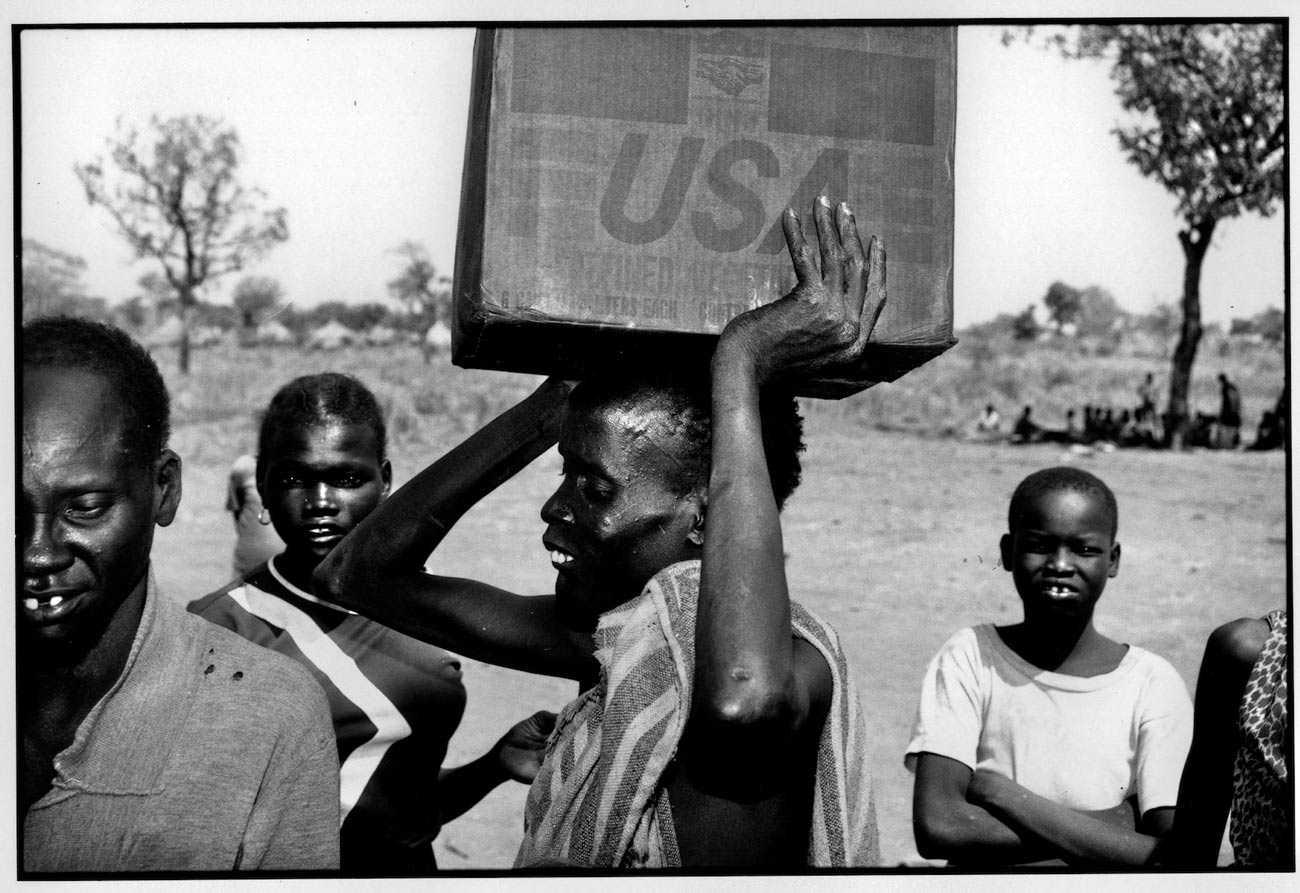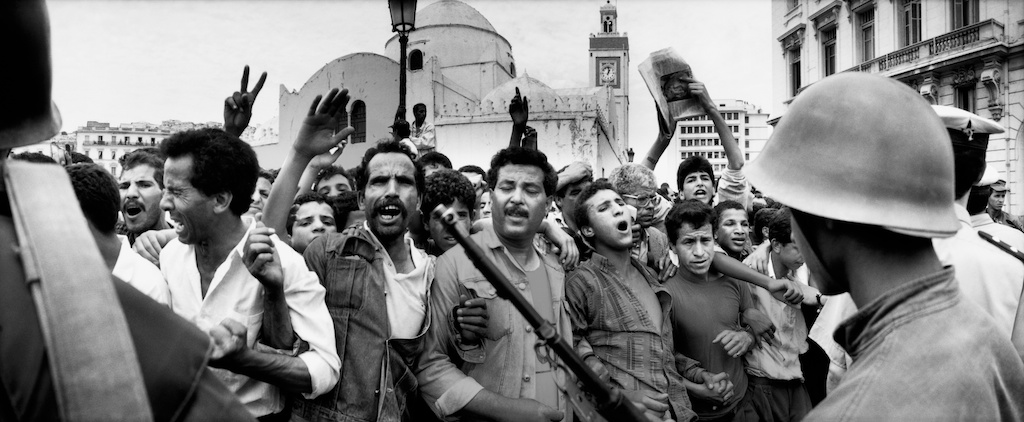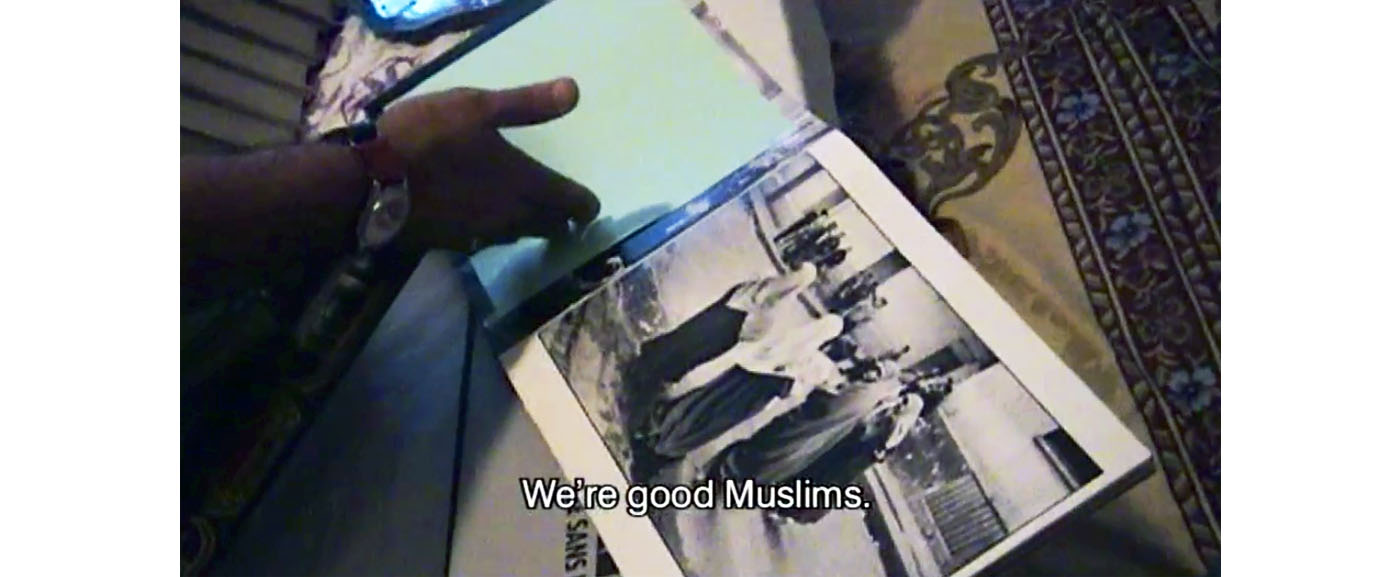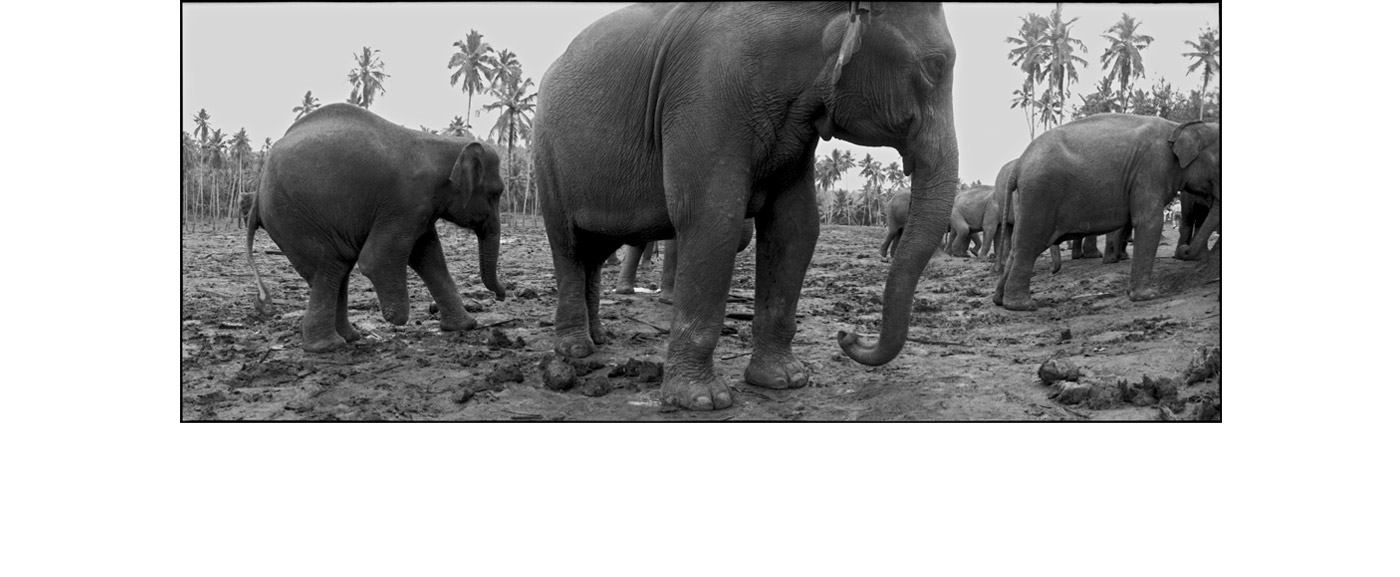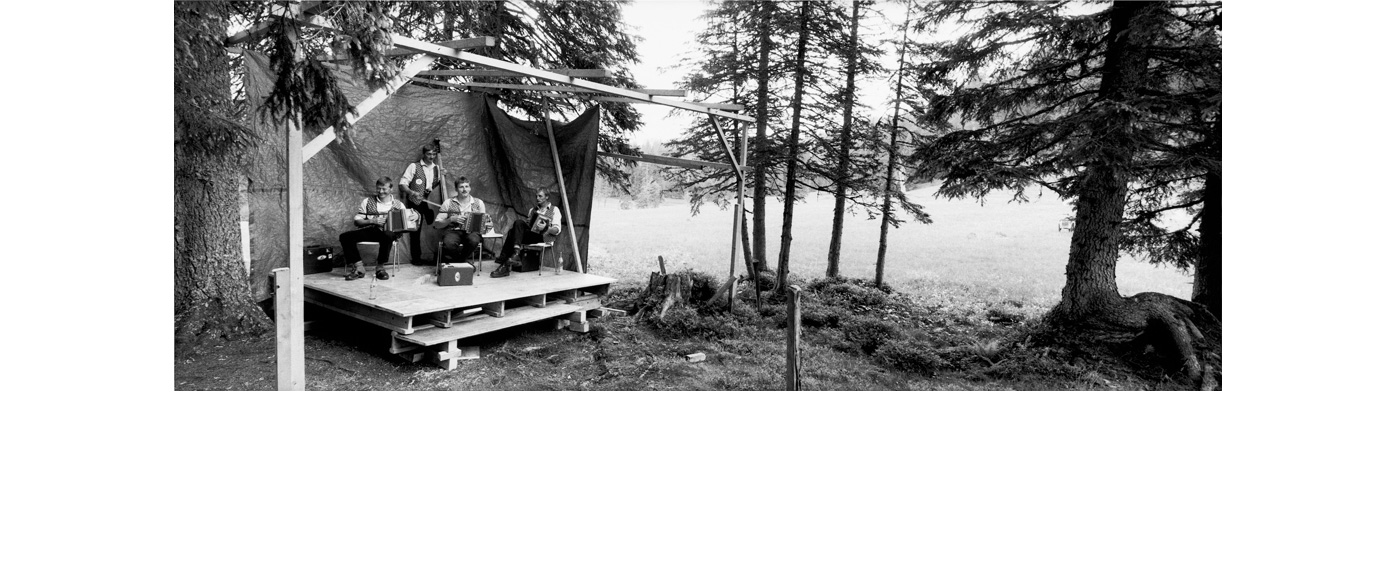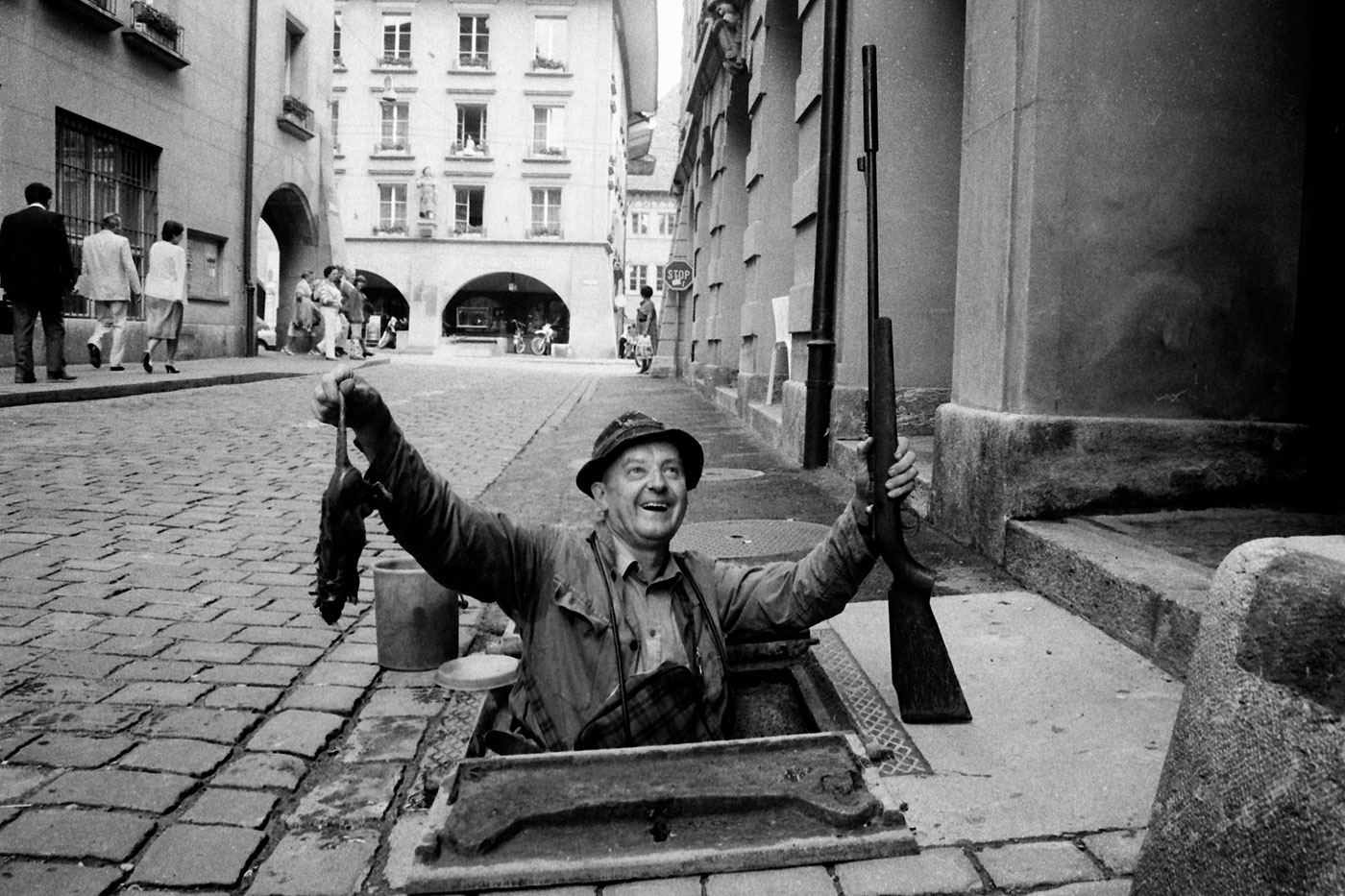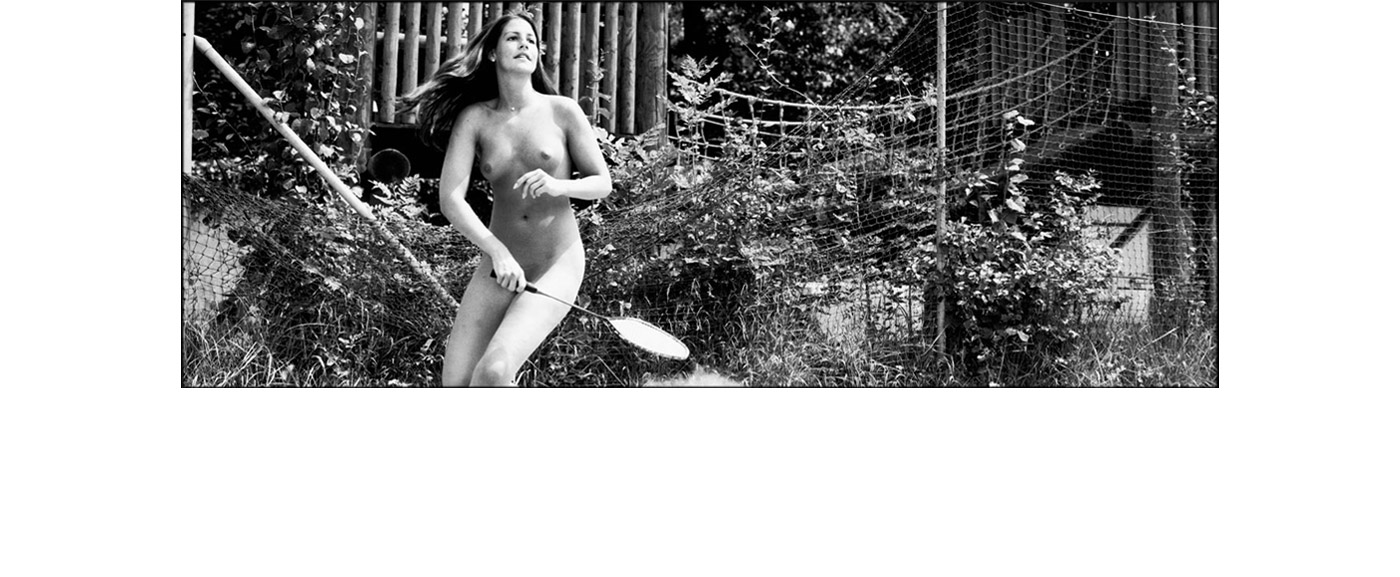Sudan
The northern and southern Sudanese are separated by religion and culture. The Northerners see themeselves as Arab and Muslim. The tall black Nilotic peoples of the south are Christian and animist. The more fundamental Muslims feel a missionary zeal to bring the south and the whole of Sudan under Islamic Read more…
